History
Discovery and excavation
On September 18th, 1986, the operator of a digger found a shipwreck while digging a sewage ditch on plot H41 in Swifterbant, in the east of the province of Flevoland. Since the site at the Zichtbord road would be handed over for construction on short notice, there were only three weeks available to dig up the ship. During an emergency excavation the ship was dug out and only the locations where the ship's inventory was found were recorded. During the excavation, a wreck of over half of a ship was found with an unusually large fish box that heavily listed to its port side. The large fish box (a box in which sea water could enter to transport fish alive) and a small amount of trade goods indicate that the ship was probably used to transport live fish; a practice under which it would have been called a ventjager in Dutch.
In the middle of the ship there is a fish box of about 5.7 meters long, consisting of three separate compartments that were accessible by two inlets. The space above the inlets could be completely covered. Under the fore- and aft decks there were spaces for the crew. In the stern, part of the interior cladding and a complete fire place were found. Near the fire place a considerable amount of objects possibly intended for cooking and frying fish were found. A few very well datable finds indicate that the ship was probably lost around 1700: two weights with marks from 1658 and 1667, a bartmann jug with the year 1688 and especially a barrel stave with the year 1695 on it. The weapon of the city of Amsterdam, three crosses, is present on four tin spoons and a wooden bowl found, which indicate that Amsterdam possibly was the home port of the ship, or the place where they sold the fish.
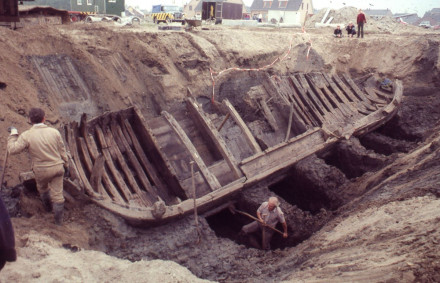
Because of the very good condition of the hull it was decided to take it out of the ground in three pieces and to transport it to the workshops of the former Museum for Maritime Archaeology in Ketelhaven to be documented. After this was done, the parts of the ship were given supports and were put back together, after which the ship was conserved in a conditioned space. After the move of the Department of Maritime Archaeology to Lelystad in 1997, the ship was put in the workshop of the open depot on the Oostvaardersdijk. The ship was restored in 2006 and taken to the Nieuw Land museum, presently called Batavialand, where the ship was placed in its current exhibition room in 2009, a historic concrete barn from the Noordoospolder region.
Description
Depth in the side: 1.7 meters
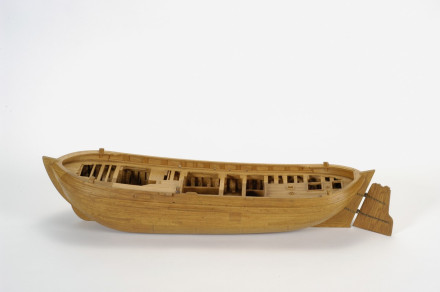
| Length | 47 ½ feet (14.5 m) |
|---|---|
| Width | 13 feet (4 m) |
Status
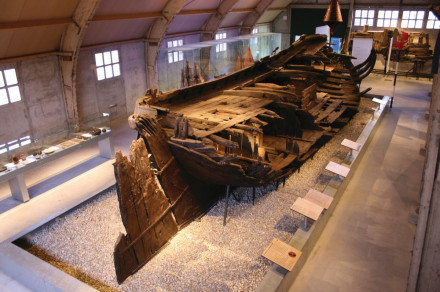
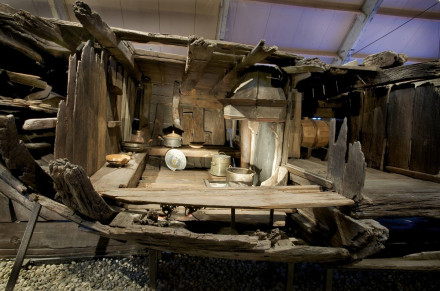
Interior of the ventjager like it is on display in the polderschuur exhibition room at Batavialand in Lelystad.

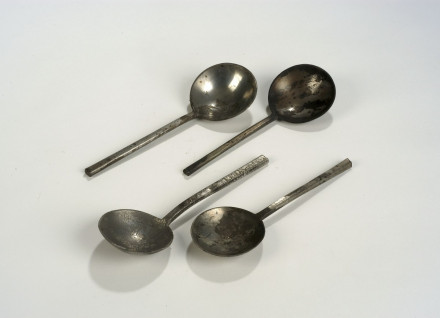
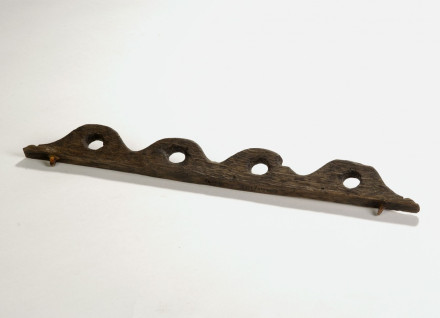
References
- Batavialand te Lelystad, Maritiem Archeologisch Depot.
Opgravingsdocumentatie scheepswrak OH41.